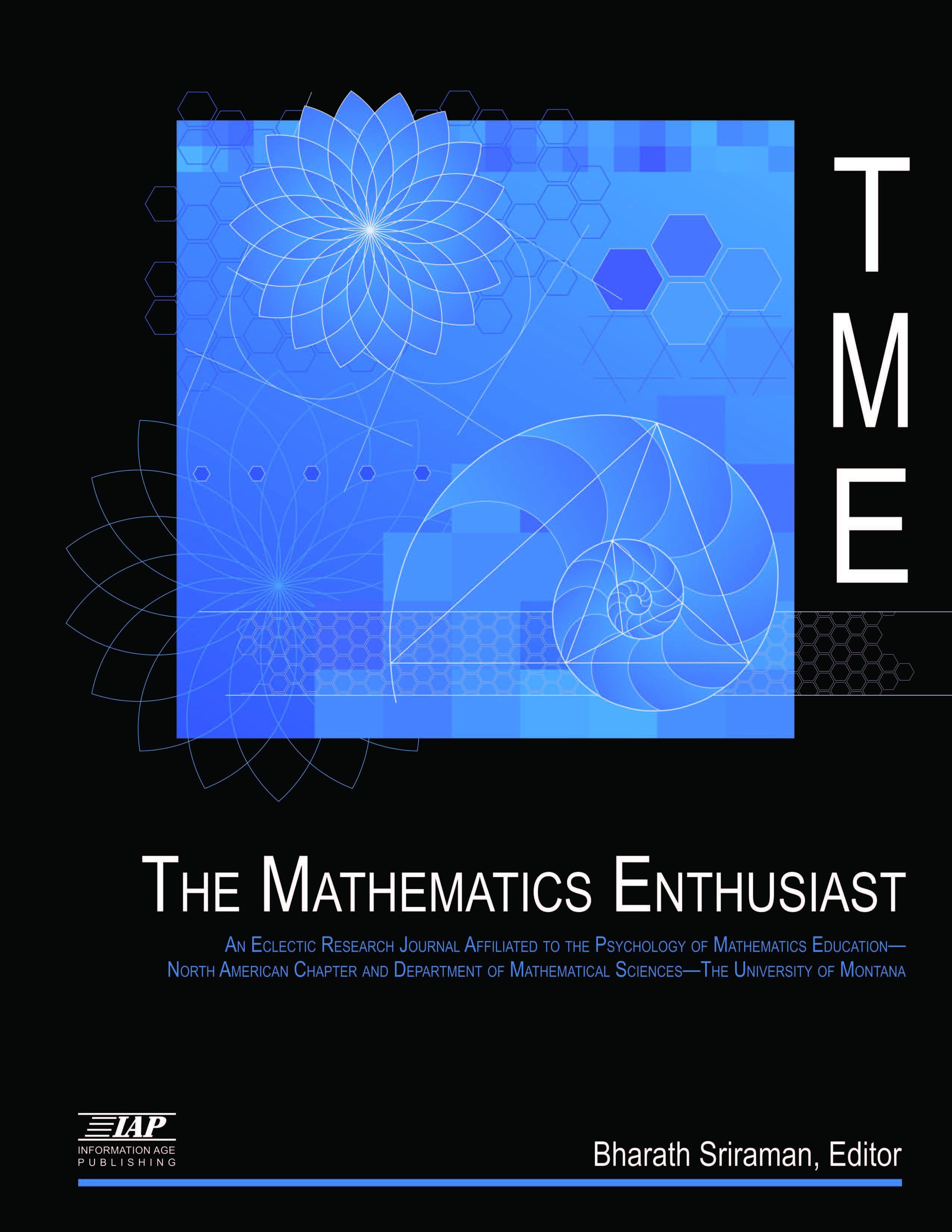
Volume
12
Issue
1-3
Abstract
Risk is a hot topic. There is an international trend to use examples of risk or the concept of risk in the early teaching of probability. It enriches the problems, it widens the contexts, and it motivates the students to learn probability. This paper illustrates the notion of risk as a multi-faceted concept. The diverse perceptions start with language where risk is used in very different ways. The overlap of risk and hazard is not restricted to the technical context of safety and reliability; Knight’s seminal work on risk and uncertainty has its definite impact on today’s perception of the notions. The endeavour to re-interpret issues of statistical inference by risk – the risk of type I and II errors – or the concept of the weighted impact of decisions (in decision theory and in Bayesian framework) can clarify what risk means within mathematics but – as the whole machinery of statistical inference is difficult to understand – it may have little consequence on how the majority of people act and understand the notion of risk. Kahneman and Tversky show that the perception of risk is influenced by psychological factors and assert that people are risk averse in winning situations while they are risk seeking in losing situations. The perception of risk is dominated by the impact (loss or win) so that even a thorough judgement of the underlying probabilities is biased. If risk is shared between several stakeholders, they all have to use their own ingredients for their model of the same situation and follow their own logic. This leads to non-unique answers, which is unusual in mathematics. Methods of simplifying problems, the way to find a solution, and understand the underlying concepts more easily may induce a shift from a refined perception of the (hypothetical) models involved towards factual knowledge. The article aims to clarify these issues, which influence the ways to conceptualize, perceive, and teach the notion of risk.
First Page
113
Last Page
139
Recommended Citation
Borovcnik, Manfred
(2015)
"Risk and Decision Making: The “Logic” of Probability,"
The Mathematics Enthusiast: Vol. 12
:
No.
1
, Article 14.
DOI: https://doi.org/10.54870/1551-3440.1339
Available at:
https://scholarworks.umt.edu/tme/vol12/iss1/14
Digital Object Identifier (DOI)
10.54870/1551-3440.1339
